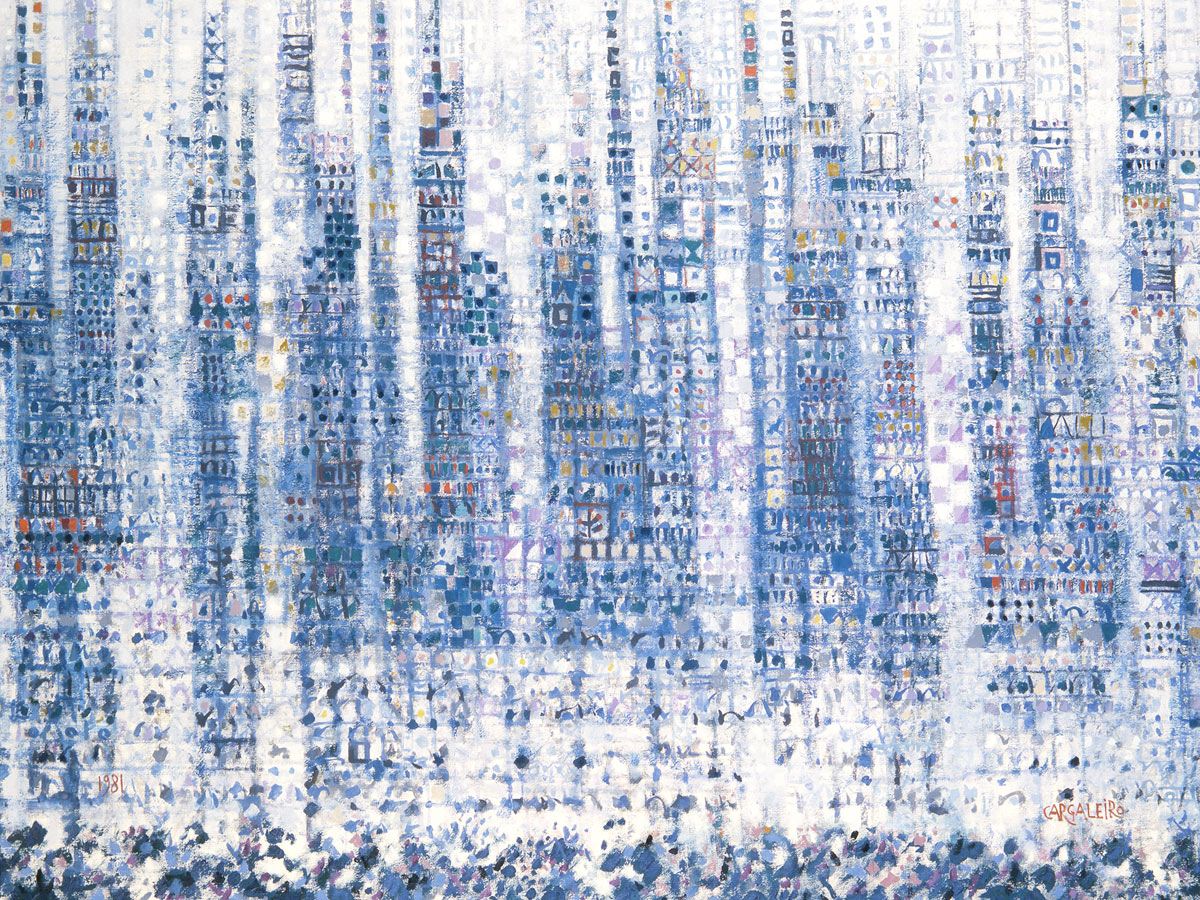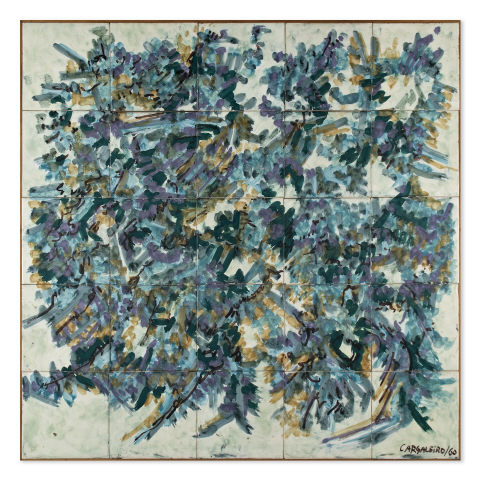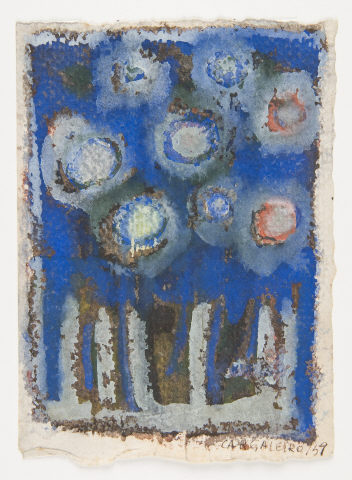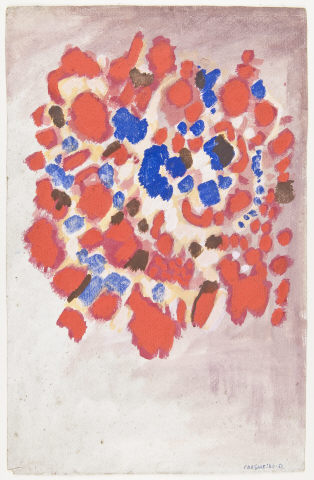Manuel Cargaleiro (1927-2024)

Dozens of the artist’s works are part of CAM – Centro de Arte Moderna Gulbenkian, including paintings, drawings, prints, a tile panel and a tapestry produced at the Portalegre Tapestry Manufactory, reflecting the relationship the Foundation maintained with Manuel Cargaleiro from the start of his career in the 1950s.






Cargaleiro was born on 16 March 1927 in Vila Velha de Rodão and attended the Faculty of Sciences and the School of Fine Arts in Lisbon. He devoted himself to ceramics from an early age under the guidance of painter-ceramicist Jorge Barradas, receiving the National Ceramics Prize in 1954 and, a year later, the Diploma of Honour from the International Academy of Ceramics at its first international congress, in Cannes.
While a recipient of a grant from the Gulbenkian Foundation in Paris in 1958, he also began to dedicate himself to painting. Later, the Gulbenkian Foundation would also support a series of exhibitions by the artist: in 1972, while still a Gulbenkian grant holder, he exhibited 45 gouaches from 1971 and 1972 in a solo show, strongly inspired by traditional Portuguese tiles, a fundamental vehicle of expression for Cargaleiro; in 1980, he presented an exhibition of 30 oil paintings at the Foundation’s Delegation in Paris; four years later, in Lisbon, the solo exhibition ‘Cargaleiro – VI International Symposium on Morphological Sciences’, held at the Foundation’s headquarters, featured an important set of the artist’s works. During President Mário Soares’ state visit to France in 1989, he took part in the exhibition ‘Dacosta, Pomar, Cargaleiro, Jorge Martins: 4 Portuguese Painters in Paris’, organised by the Latin Union and CAM, which took place at the Palais de Tokyo.
In June 2009, CAM organised a group exhibition, curated by Jorge Molder, which included a vast collection of his drawings from the 1960s in which the artist used a variety of techniques and materials such as markers, coloured pencils, crayons, pastels, watercolours, gouache and graphite.
In his long and productive career, Cargaleiro used geometric shapes to stylise plant motifs and build architectural landscapes, with the exploration of colour being a constant in his artistic research. From the structured constructions commonly known as ‘cities’ to the expressive gestures of his ‘flowers,’ the complexity of the composition in each work is soothed by the play of colour, light and shadow.
Main image: Manuel Cargaleiro, «Rhodes 2», 1962. CAM – Centro de Arte Moderna Gulbenkian, inv. DP86